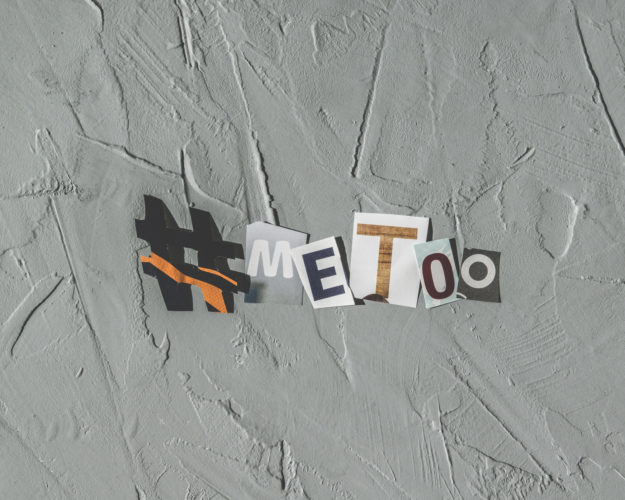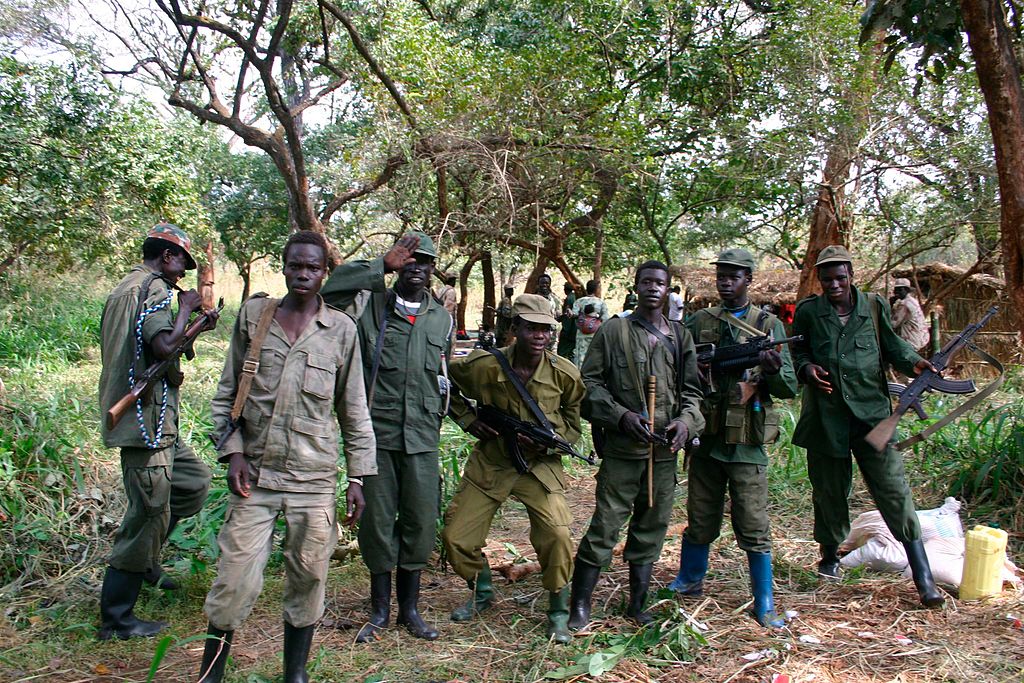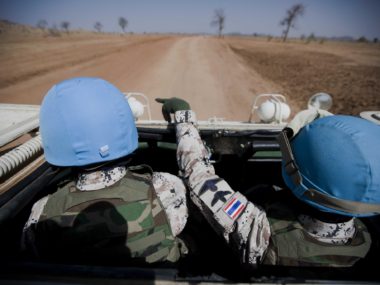Guest post by Aliza Luft

One day about twenty years ago, a Hutu soldier in Rwanda accepted twenty-five dollars not to kill a Tutsi girl who had been forced into a ditch. As Allison des Forges recounts in the monumental Leave None To Tell The Story, the girl, Marthe, had annoyed the soldier when she didn’t return his greeting from the pit where she was cowering. “I’m going to kill her,” the soldier proclaimed to his friend. But as he took aim, one of the militia, who knew Marthe, intervened. “You shouldn’t kill this girl. There’s no point in that,” he said, despite killing other Tutsi earlier that same day. He pushed the soldier away and gave him money to leave.
Twenty years after the Rwandan genocide, journalists and academics still work to understand how the country erupted into violence in only one hundred days. They rightly return to the question of how Hutu civilians managed to massacre 800,000 Tutsi, many their neighbors and friends. But fewer examine how some people survived. While many Hutu went on killing, a few found themselves able to resist. Such resistance was often necessary for Tutsi to survive the genocide.
Recent research on those 100 days of horror includes testimony by civilian killers in Rwanda. Embedded in those stories, I have found tales of risky defections — attempts by Hutu to evade participation and help Tutsi during the genocide, as opposed to killing them. In fact, like the example of Marthe above, often those who participated in the Rwandan genocide were also involved, at other points in time, in saving.
Consider the story of Olivier, recounted in Lee Ann Fujii’s book, Killing Neighbors: Webs of Violence in Rwanda. Described by Fujii as “every bit the willing executioner,” Olivier explains that it was impossible to save someone during the genocide because trying to do so would often come at the risk of death. Refusing to kill Tutsi meant being a traitor. And yet, Olivier saved his neighbor during the genocide despite massacring others. When he was alone one day, Olivier saw the neighbor — a little boy — trying desperately to escape the violence. Olivier pointed him in the direction of safety, pointing out which route to take so as to avoid getting caught by roving gangs of killers. When asked to explain his actions, Olivier says simply, “I ran into [the boy] when I was alone.” He adds later, “when you ran into someone when you were in a big group, it was hard to save someone.”
What does Olivier’s testimony and the story of Marthe, above, tell us about the Rwandan genocide, twenty years-on?
For one, it is easy to divide people into perpetrators and victims, but things are not usually so neat. We tend to think of genocides as black and white, or in the case of Rwanda, as Hutu vs. Tutsi. In reality, the truth is much more complicated. Many mediating factors, including access to money so as to “buy off” non-participation, proximity to other killers, one’s relationship with the possible victim, and sheer timing (was it earlier in the genocide, when fewer people knew what was happening in the capital where violence began, or later, as militia roved the country recruiting civilians to join in the war?), informed Hutu civilians’ decisions to kill or save Tutsi.
It is common to assume killers in a genocide are acting out of hate, or are monsters. Central to the way social scientists understand who participates in a genocide is the notion of dehumanization — the perception among killers that their victims are less than human. However, interviews often show how some Hutu civilians had nuanced perceptions of their victims, which led them to save some Tutsi, even as they continued killing others. We see this, too, in the accounts by Olivier and concerning Marthe. Despite being actively involved in the genocide, these killers saw some Tutsi whom they were willing to protect. As a result, it seems as if the process of dehumanization is actually an outcome of participation in killing rather than a precursor to it. Again, consider the following story, this time in an interview by Jean Hatzfeldt in his book, Machete Season: The Killers in Rwanda Speak.
Married to a Tutsi, Jean-Baptiste felt pressured to participate at the risk of having his wife killed if he refused. “Jean-Baptiste, if you want to save the life of your wife Spéciose Mukandahunga, you have to cut this man right now,” the others told him. Jean-Baptiste describes the scene of his first murder as crowded and hectic. Some men shoved him forward, others blocked him from running with their elbows. He struck a blow with his machete and immediately recoiled in horror. “When I saw the blood bubble up, I jumped back a step.” Later he describes adjusting to the process of killing. In his own words, “at first killing was obligatory; afterward we got used to it. We became naturally cruel. We no longer needed encouragement or fines to kill, or even order or advice.” Alphonse, another Hutu interviewed by Hatzfeld, explains similarly, “man can get used to killing, if he kills on and on. He can even become a beast without noticing it.” It wasn’t before the genocide that many Hutu saw their Tutsi neighbors as less than human. Like with Jean-Baptiste, many, in fact, were married to them. Only over time did Hutu stop perceiving their Tutsi neighbors as equals, stop perceiving their actions as murder.
Finally, many Hutu Rwandans did not willingly go to slaughter their neighbors. Many did not see the war as an opportunity to enact long-sought revenge. In fact, many of them were coerced by local authorities, or succumbed to peer pressure at the risk of being labeled a traitor. Political Scientist Ravi Bhavnani, in a 2006 study published in the Journal of Peace Research, refers to these killers as “reluctant perpetrators,” people who chose to kill because the cost of non-participation was too dangerous. Here, in-group pressures shaped Hutu’s actions toward their Tutsi neighbors moreso than any particular feeling of hatred. A final quote, in an interview by Scott Straus and Robert Lyons in their book, Intimate Enemy: Images and Voices of the Rwandan Genocide, shows just how tortured the decision to participate in genocide was for some:
My older brother had a Tutsi wife. She was there [at a church] with their children. When he went there, the head of the parish asked for food and beer. He went to get them at a center. But while he was at the center, the burgomaster came and said, “Where are you going with those things?” When my brother explained that the priest had asked for food for the refugees, the burgomaster found the killers and took them to kill my older brother. The group did this. But my brother was not dead; he was in agony. The priest came to see what had happened. The priest then went back to the church to get a car to bring my older brother to a health center. I went to see him there. When I arrived, the burgomaster said, “You, you have brought food for the Tutsis. So that you do not begin again, you take a machete and you have to decapitate your brother.” I refused. The burgomaster asked the reservist to force me to decapitate my brother and said if I refused the reservist would kill me. The reservist took me and gave me a machete. He put a gun behind my head and said, “If you do not cut, I will fire.” So I cut. That is my crime.
Paying attention to times at which Hutu tried to save Tutsi, or even negotiated to save some while participating in the murder of others, highlights just how awful genocide is. Before the start of genocide twenty years ago in Rwanda, many Hutu were living their lives separate from politics, side-by-side with their Tutsi neighbors. Knowing this does not mean we should forgive the behavior of Rwanda’s Hutu killers in 1994. But if we wish to prevent another genocide, or perhaps to better understand the ongoing crises in Central African Republic, South Sudan, and Syria, it helps to take into account that many of those caught in the violence are regular people, trapped in a horrible situation. To recognize this does not excuse the killers’ behaviors. But perhaps it makes them more understandable.
Aliza Luft is a PhD Candidate in Sociology at the University of Wisconsin-Madison, and a Visiting Research Scholar at CUNY Graduate Center in New York City. Her research examines how people make decisions to support or resist genocidal regimes.






7 comments
Reblogged this on The Higher Education of a Political Scientist.
Excellent essay!
Outstanding analysis, Aliza. As put by Clausewitz : ‘theory becomes infinitely more difficult as soon as it touches the realm of moral values’ and that it ‘is to no purpose (…) to turn away from the consideration of the affair because the horror of its elements excites repugnance’.
To consciously or unconsciously avoid engaging understanding of acts of violence in a profound way by classing perpetrators as ‘monsters’ or ‘evil’, and taking that as reasonable explanation only makes us fall short of asking and answering the questions that actually matter.
In the Rwanda case, as you point out, there’s more going on then just generalized populace-wide hatred: the the multi level dynamics of security under repression and the role of the State add to the Hutu-Tutsi question, enriching the depiction of what actually happened.
Rwanda, Half of the Truth is a Whole Lie: Twenty Years of Brazen Desinformation! http://wipokuli.wordpress.com/2014/04/20/rwanda-half-of-the-truth-is-a-whole-lie-twenty-years-of-brazen-desinformation/
And the Mainstream media have even shown less than half the truth!
Andreas Schlüter
Sociologist
Berlin, Germany
It always scares me when I see just how brutal we can be as humans; been reading some of it here : http://www.scrollvoice.com/world-issues/the-genocide-show–fossils-or-verses, and with every event in history I’m shaken. But the worst part is that we’re still ding this to each other,! for whatever reason, I still get ashamed when I read these… but excellent writing Aliza, very perceptive